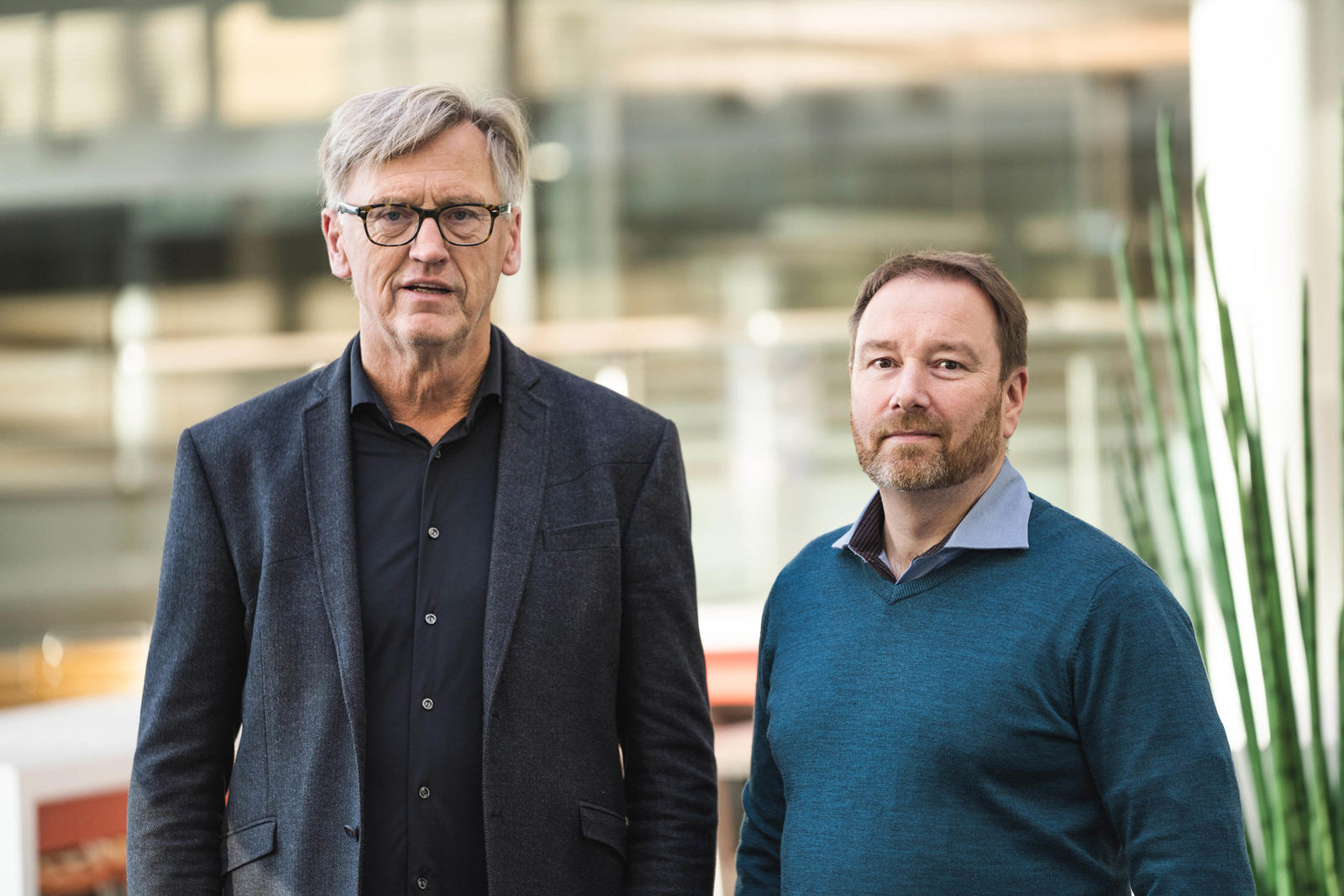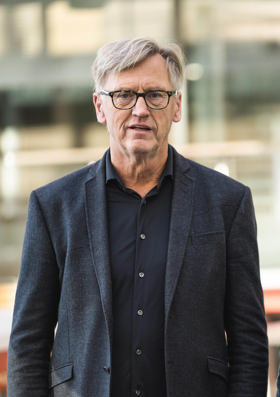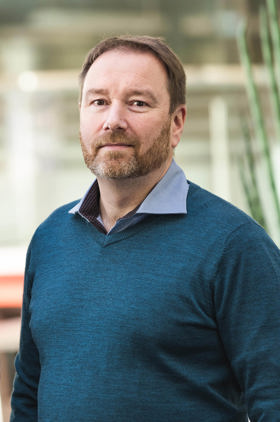
Kongsberg Maritime’s story began with the design and supply of fishing vessels, and it remains a major part of our business today.
-
Text:Global Sales and Marketing
Photo:©Kongsberg Maritime | ©Cecilie Hatløy | ©Ludeman Photographic
-
Craig TaylorSenior Manager PR & Communications
Monrad Hide and Robert Vorren explain the latest advances in fishing vessel design and technology and where we plan to take that in the future.
Kongsberg Maritime’s first major vessel design projects took place in the 1970s, developing fishing vessels in collaboration with Langsten shipyard. Today, as one of the world’s leading fishing vessel designers, the company has approximately 170 ships under design, in the build process or already delivered.
From bottom and pelagic trawlers to live fish carriers, our vessels have been designed to operate in all kinds of conditions. And with increasing complexity of function, comes increasing complexity in the design process.

Monrad Hide, Fishery and Aquaculture Sales Director
“The biggest change in the last 50 years is that back then shipbuilders needed far less information from us to build a vessel,” says Monrad Hide, Fishery and Aquaculture Sales Director. “Today we need to describe everything in absolute detail.”

Chief Designer Robert Vorren
Chief Designer Robert Vorren agrees. “Back then, we’d provide maybe 50 to 100 drawings to the builders,” he says. “Today, it’s more like 3,000 to 5,000, including 3D detail design.
“That’s partly because of specialisation: different workers in the yards specialise in different aspects of the build. We must think about the whole picture and create designs with the build in mind. But it’s also a cost saving. It makes sense to have the design as complete as possible before building begins.”

We have a proud track record of designing increasingly sophisticated fishing vessels for our customers.
Meeting customer needs
Economy is a driver for customers, too. Today’s main customer requirements relate to efficiencies in loading, fishing and harvesting capacity, as well as fuel efficiency.
“Efficiency of the vessel is key,” says Monrad. “Customers want us to help them improve fuel efficiency as well as meet new regulations and legislation about emissions and so on.
“Electrification is important to them, in terms of running and logging operations, however it’s not feasible for all systems. Actually, in the world of fishing, electrification can add fuel costs, so we monitor the performance of our vessels and consider those kinds of technologies where we know they will be suitable.”
Developing designs
While the key area for development over the last couple of decades has been stern trawlers, Kongsberg Maritime was recently involved in delivering some of the fishing industry’s most innovative and advanced vessels.
Along with the fishing vessel team, Robert and Monrad were involved in the design of the Arctic Fjord trawler – at that point the company’s largest ever fishing vessel contract, and the first to be built with partners in the United States. At 100 metres long, with a beam of 21 metres, the trawler was designed for pelagic operation in North Pacific waters, drawing from the proven designs and technologies used throughout Europe.
The Arctic Fjord was built with partners in the United States
The most notable difference in working with a US partner, Robert says, was that it was a relatively new experience to the American shipyard, compared to its European counterparts. “The builders in America hadn’t worked on this kind of ship for decades,” he says.
“It wasn’t an issue, we simply had to provide more information as designers – so the scope of what we supplied was probably a little bigger than we’d have to give most European shipyards.”
Since the Arctic Fjord project, the team has designed a 120 x 22-metre trawler currently under construction for Rimfrost and the largest fishing vessel Kongsberg Maritime has designed to date.
The key to our business is taking care of both the fish and the ocean.
In 2015, Kongsberg Maritime signed the first contract in partnership with Myklebust Verft to design and equip a new vessel for live fish transportation company Sølvtrans. So far this has resulted in six vessels for Sølvtrans built at Mykelbust Verft using the Kongsberg Maritime design.
Everything on these vessels had to consider not only the transportation of live animals, but also the health and welfare of those animals and the rest of the ocean.
“The key word here is ‘live’,” says Monrad. “Everything on this vessel has to reflect that. Design approach, cargo systems, everything. Redundancy is a key feature of these vessels. It’s not as important on regular fishing vessels, but here it’s very important indeed.”
For Sølvtrans, there’s one further consideration, and it’s an absolute: sustainability. “The key to our business is taking care of both the fish and the ocean,” says Global Marketing and Communications Manager Harald Nesvik. “We want to keep the fish calm and healthy, and operate with complete sustainability.
“Our goal as a company is not to be the biggest — we already are. It’s to be the best. And that’s why we want to work with the best. That’s what we get from Kongsberg Maritime.”
Einar Vegsund, Vice President - Ship Design
Visit our website
Decarbonisation by design.


